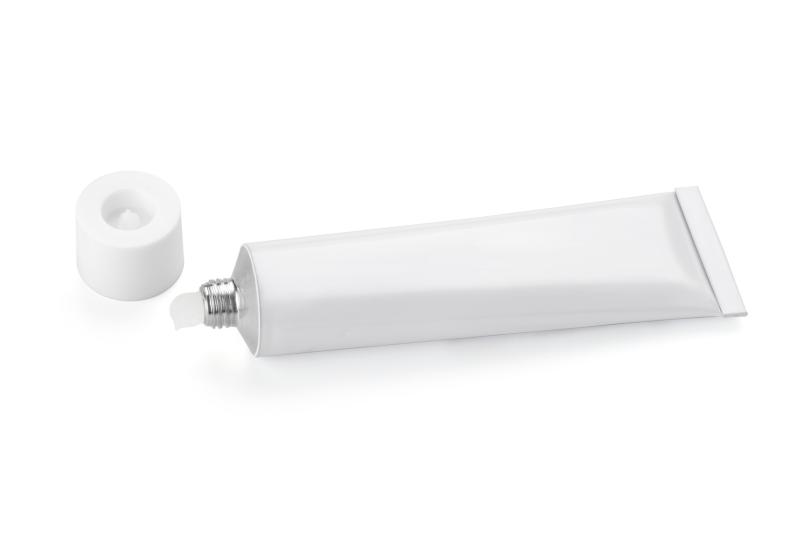
Treatment with 5-fluorouracil (5-FU) 5% cream tends to end in failure with shorter treatment duration and larger lesion size in patients with squamous cell carcinoma in situ (SCCis), a study has shown.
Overall, 149 SCCis patients were included in the analysis, of whom 50 (33.6 percent) had the disease in the context of immunosuppression. Eighteen patients failed treatment (10 persistent disease, eight recurrent disease).
Complete clinical response (CCR) was observed in 128/144 (88.9 percent) tumours measuring <2 cm in diameter and 3/5 tumours ≥2 cm (60.0 percent; p=0.051). CCR was also noted in 4/7 (57.1 percent) tumours treated for <2 weeks, 72/83 (86.7 percent) tumours treated for 2 to <4 weeks, and 55/69 (93.2 percent) tumours treated for ≥4 weeks (p=0.019).
Multivariate analysis revealed the significant correlation of treatment failure with shorter treatment duration (odds ratio [OR], 0.26; p=0.007) and increasing tumour size (OR, 2.40; p=0.037).
“Immunosuppression and anatomic location were not significant factors, supporting 5-FU use for SCCis in the immunosuppressed population and highlighting its versatility irrespective of anatomic location,” the investigators said.
In this study, biopsy-proven primary SCCis diagnosed between 1 May 2019 and 30 April 2020 and treated with 5-FU 5% cream were retrospectively reviewed. The investigators recorded disease status at follow-up, with treatment failure defined as persistent or recurrent disease.